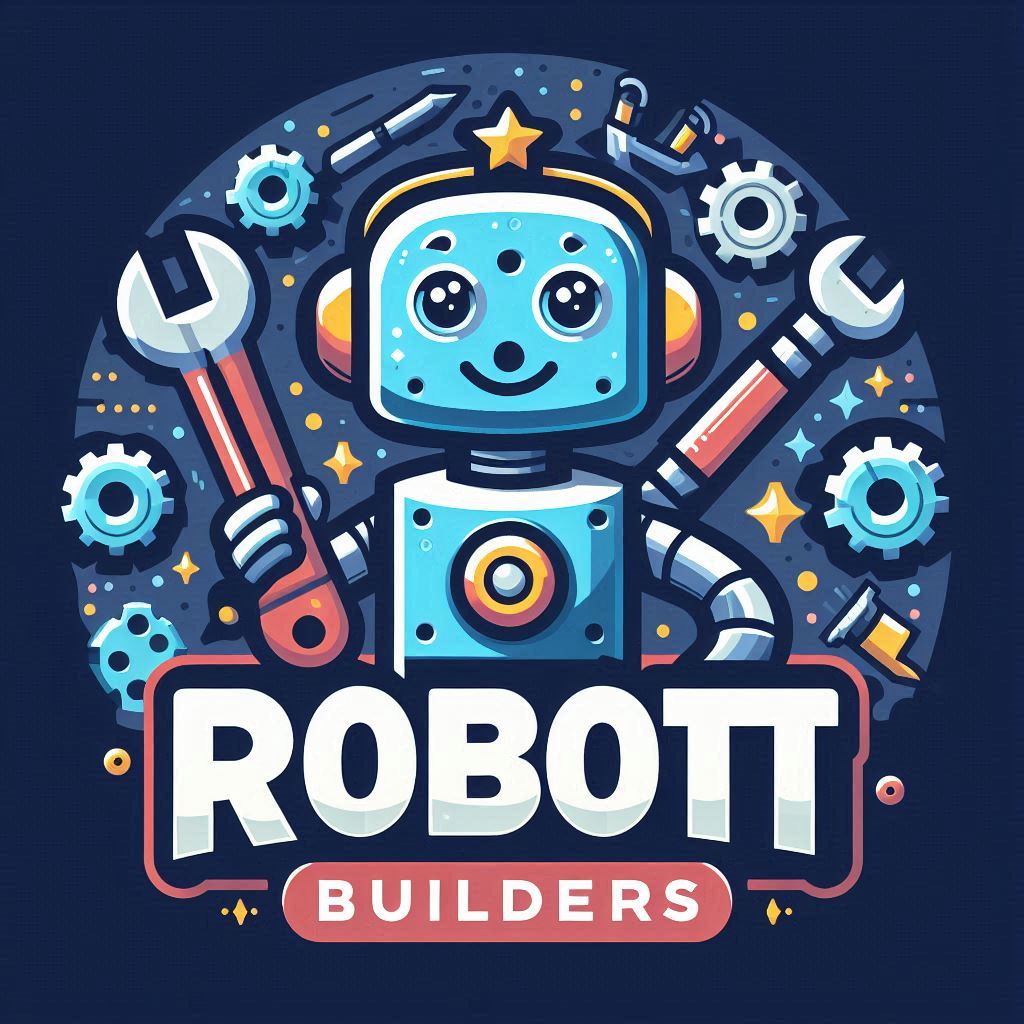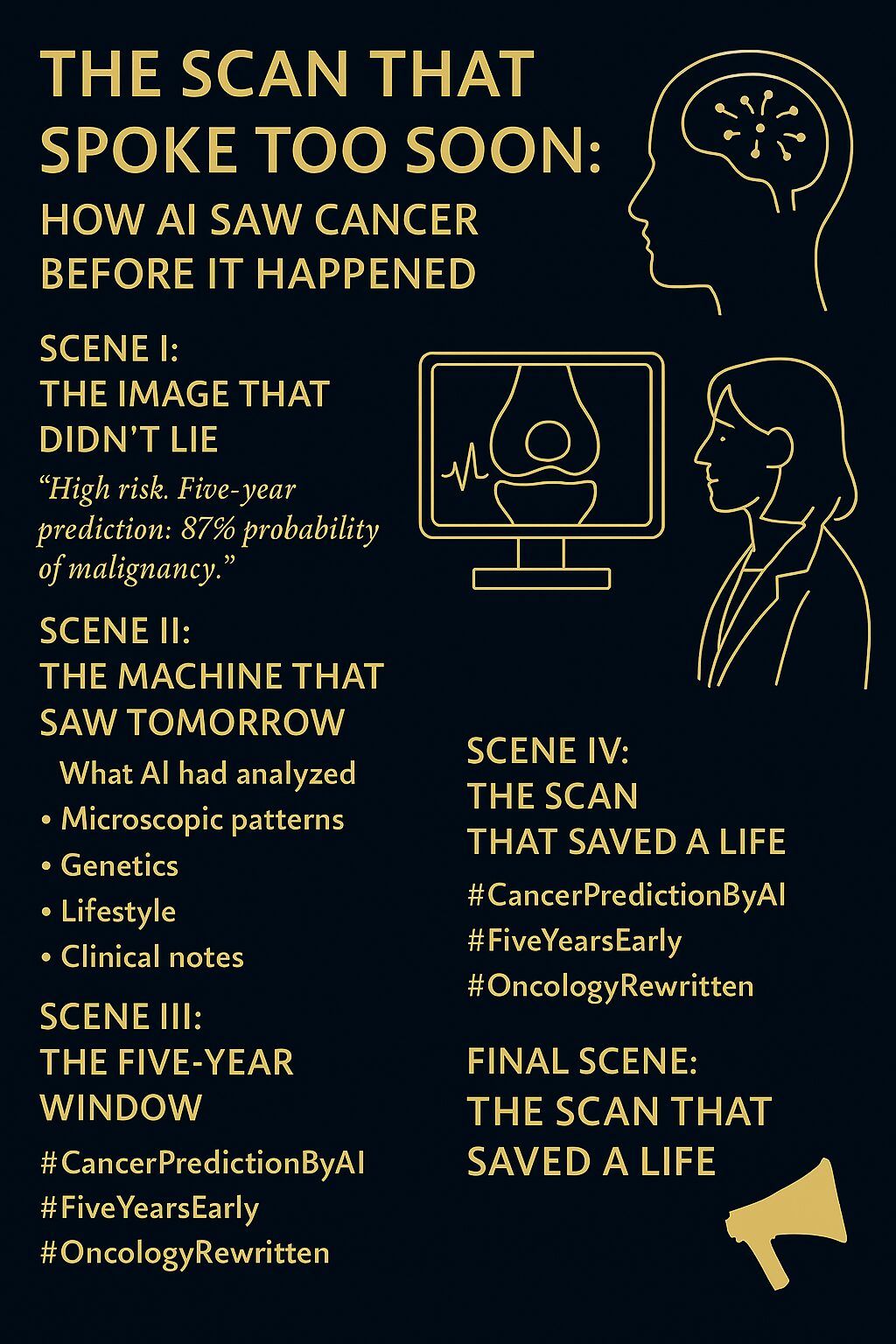Introduction
In 2025, artificial intelligence (AI) has achieved a transformative milestone in oncology: the ability to predict cancer up to five years before symptoms appear. This breakthrough is revolutionizing early detection, enabling personalized treatment, and improving survival rates across multiple cancer types.
This article explores how AI-powered tools are reshaping cancer care, the technologies behind these predictions, and what it means for patients, clinicians, and researchers.
🧠 How AI Predicts Cancer Years in Advance
AI models now analyze multimodal data—including medical imaging, genetic profiles, clinical notes, and lifestyle factors—to identify subtle patterns that precede cancer development.
Key Technologies
- Deep Learning: Detects microscopic changes in tissue and cell structure
- Natural Language Processing (NLP): Extracts insights from unstructured clinical records
- Genomic Analysis: Flags mutations linked to cancer risk
- Multimodal AI Models: Combine imaging, genomics, and patient history for holistic prediction
Tools like Mirai and Sybil, developed by MIT’s Jameel Clinic, can predict breast and lung cancer risk up to 5–6 years in advance using mammograms and CT scans.
📊 Real-World Impact of AI Cancer Prediction
| Cancer Type | AI Prediction Window | Accuracy |
|---|---|---|
| Breast Cancer | Up to 5 years | 90%+ |
| Lung Cancer | Up to 6 years | 86%+ |
| Pancreatic Cancer | 2–3 years | Surpasses genetic testing |
| Thyroid Cancer | Immediate detection via ultrasound | Reduces unnecessary biopsies |
AI models are now deployed in 66 hospitals worldwide, especially in low-resource regions, improving access to early screening.
🔬 Breakthroughs in 2025
✅ Multimodal AI Integration
Combining imaging, genomics, and patient history has improved diagnostic accuracy by 15% compared to single-modality approaches.
✅ Real-Time Clinical Support
AI tools now assist radiologists during live exams, flagging suspicious regions instantly.
✅ Predictive Modeling for High-Risk Patients
AI identifies individuals at risk even when symptoms are absent, enabling proactive screening and lifestyle interventions.
⚠️ Challenges and Ethical Considerations
Despite its promise, AI cancer prediction faces hurdles:
- Data Privacy: Sensitive health data must be protected through encryption and anonymization
- Bias in Training Data: Models must be trained on diverse populations to ensure equity
- Interpretability: Clinicians need transparent AI outputs to trust predictions
- Regulatory Oversight: Guidelines are evolving to ensure safe deployment
Collaborations between hospitals, tech companies, and regulators are addressing these concerns.
📈 SEO Tips for AI Cancer Prediction Content Creators
✅ Search-Friendly Titles
- “AI Predicts Cancer 5 Years Early: 2025 Breakthroughs Explained”
- “How Artificial Intelligence Is Transforming Cancer Diagnosis”
✅ High-Impact Keywords
- “AI cancer prediction 2025”
- “early cancer detection with AI”
- “Mirai Sybil cancer models”
✅ Metadata Optimization
- Alt Text: “AI analyzing medical images and genetic data to predict cancer risk”
- Tags: #AICancerPrediction #EarlyDetectionAI #MiraiModel #SybilAI #OncologyBreakthroughs2025
Final Thoughts
AI’s ability to predict cancer years before symptoms emerge is a game-changer. By combining deep learning, genomics, and real-time clinical support, these tools are saving lives and reshaping the future of oncology.
💬 Want help integrating AI into your cancer care workflow or crafting SEO-rich content around medical innovation? I’d be honored to assist—data point by data point.

